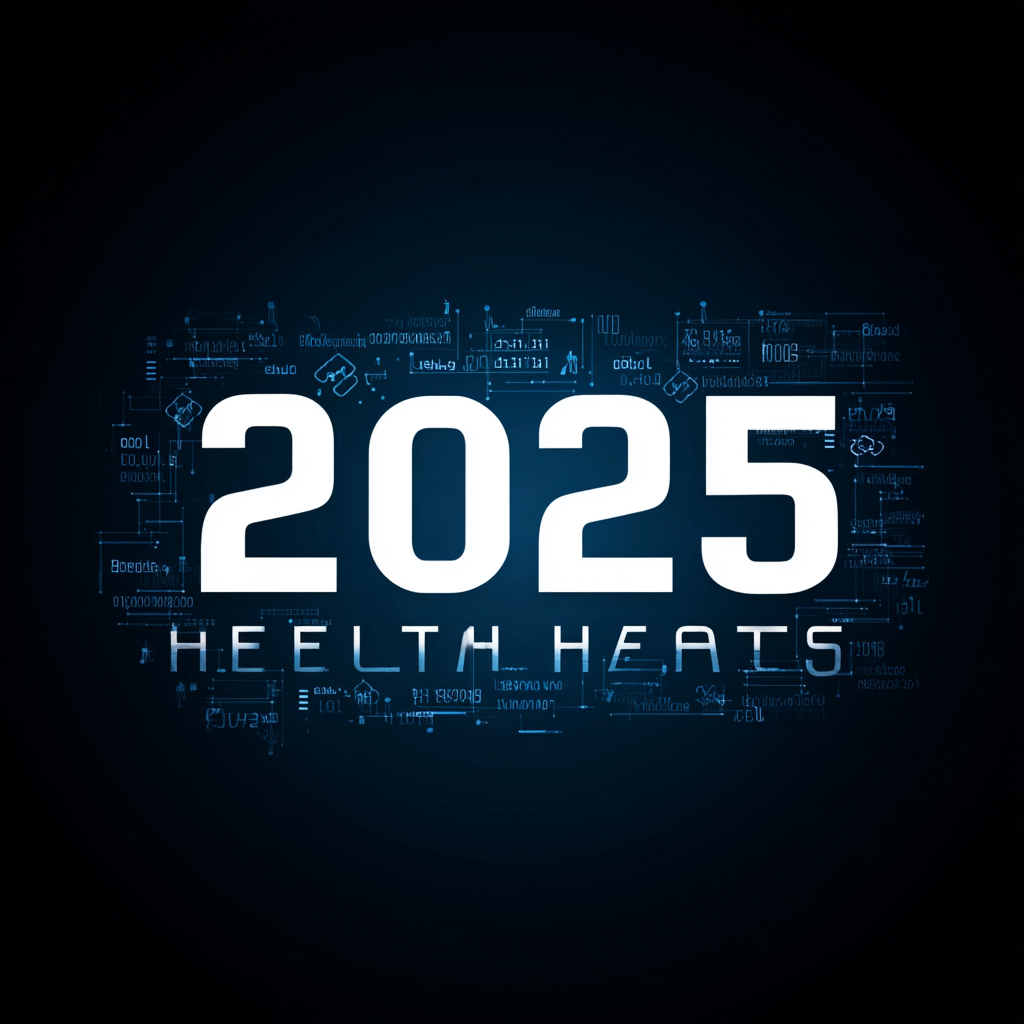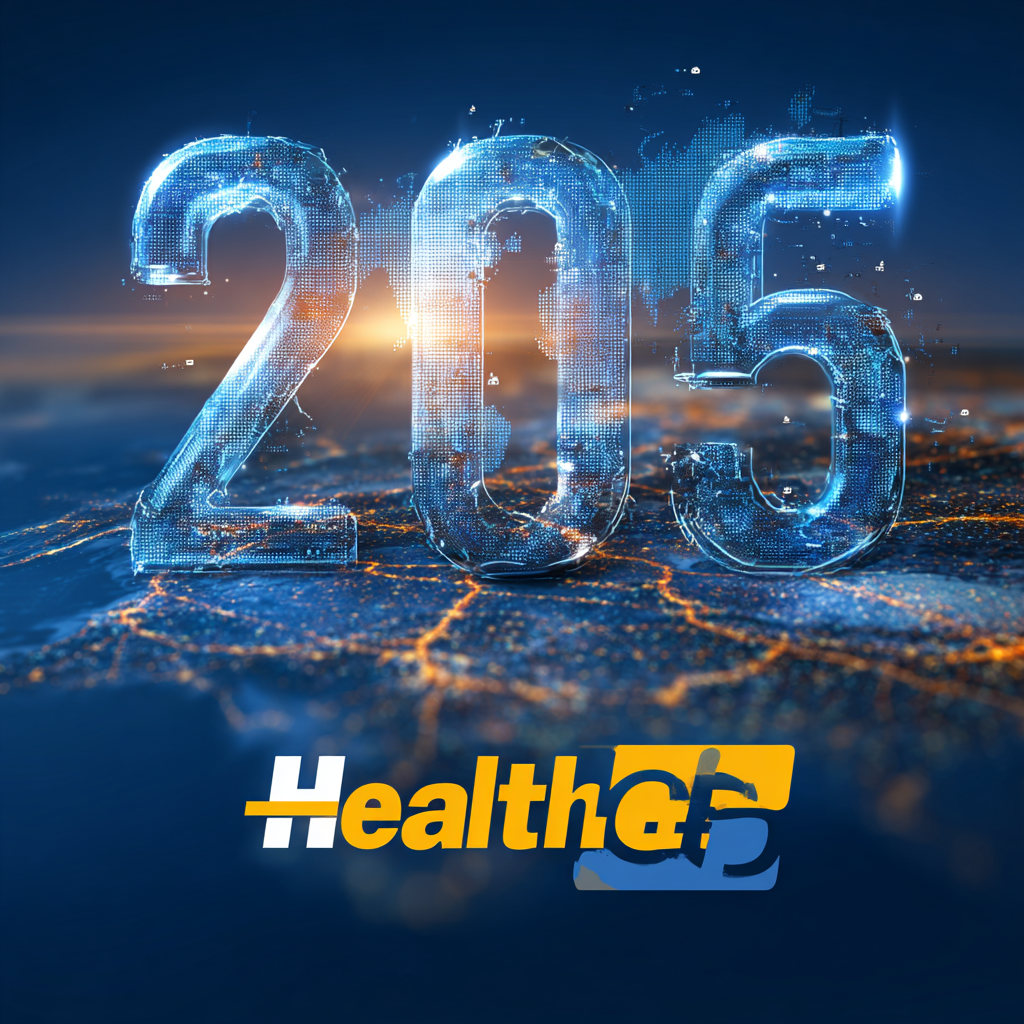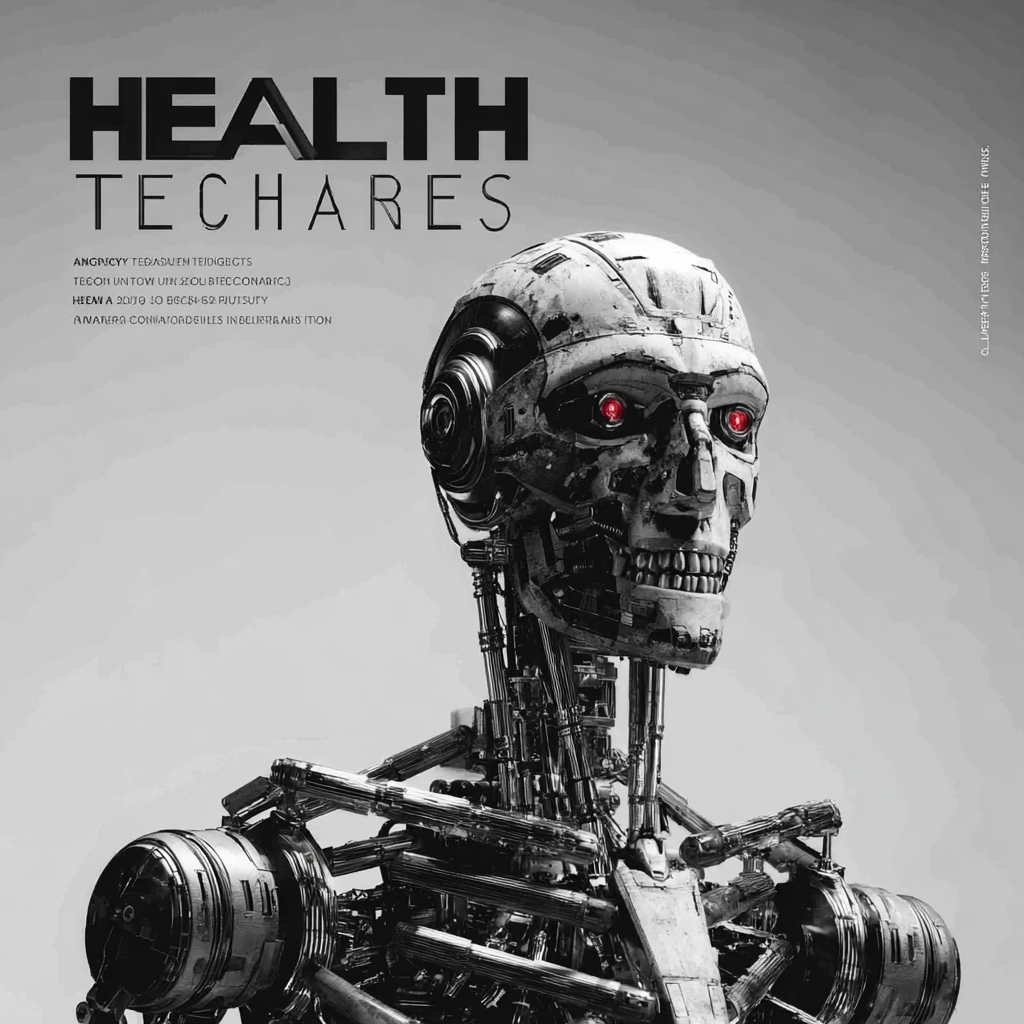Blog
2025 Technology Trends: A Comprehensive Guide to Best Health Healthcare Innovations for Global Buyers
As we approach 2025, the landscape of Health Healthcare is set to transform dramatically, driven by innovative technologies that promise to enhance patient care, improve operational efficiencies, and revolutionize the way healthcare services are delivered globally. This comprehensive guide delves into the most significant trends shaping the future of healthcare solutions, offering insights for buyers and stakeholders looking to navigate this dynamic field. From artificial intelligence and telemedicine to wearable health devices and blockchain technology, the innovations on the horizon hold the potential to address pressing challenges and improve outcomes across diverse populations. Join us as we explore the emerging technologies and strategies that will define Health Healthcare in the years to come, empowering global buyers to make informed decisions in an ever-evolving marketplace.

Emerging Telehealth Solutions: Transforming Patient Experience in 2025
In 2025, telehealth solutions are set to revolutionize the patient experience, creating a seamless integration of technology and healthcare. With advancements in artificial intelligence and remote monitoring, patients can expect personalized treatment plans tailored to their individual needs. Virtual consultations will become more intuitive, allowing healthcare providers to engage with patients in real-time, irrespective of geographical barriers. This transformative approach not only enhances access to quality care but also empowers patients to take charge of their health from the comfort of their homes.

Emerging technologies such as wearable devices and mobile health applications will play a pivotal role in monitoring patient conditions continuously. These innovations will collect and analyze health data, alerting healthcare professionals about potential issues before they escalate. Furthermore, integration with electronic health records will streamline communication between patients and providers, ensuring that information is always up-to-date and readily available. As we move towards a more connected healthcare ecosystem, the patient experience will become more proactive and engaging, fundamentally changing the way we think about health and wellness in the digital age.
AI-Powered Diagnostics: The Future of Accurate and Efficient Medical Testing
As the demand for accurate and efficient medical testing continues to rise, AI-powered diagnostics stand at the forefront of healthcare innovation. According to a report from Grand View Research, the global healthcare AI market is expected to reach $45.2 billion by 2026, growing at a compound annual growth rate (CAGR) of 41.4%. This surge is largely driven by the need for immediate and precise diagnosis, allowing healthcare providers to offer timely interventions and improved patient outcomes.
Recent advancements in machine learning and data analytics have also significantly enhanced the reliability of diagnostic tools. A study published in the journal Nature Medicine highlighted that AI algorithms have matched or even outperformed human experts in detecting conditions such as breast cancer and diabetic retinopathy. By processing vast amounts of medical data, AI systems can identify patterns and anomalies that may elude traditional diagnostic methods. With the potential to reduce diagnostic errors by up to 30%, AI represents a transformative leap in achieving high-quality healthcare standards globally.
Wearable Health Tech: Monitoring Wellness and Chronic Conditions in Real-Time
Wearable health technology is rapidly transforming the healthcare landscape, enabling real-time monitoring of wellness and chronic conditions. As the IoT medical market is projected to reach $104.3 billion in 2024, this surge highlights the increasing relevance of health-focused wearables. These devices range from fitness trackers to advanced smartwatches, offering users valuable insights into their health and wellbeing. By integrating cutting-edge photonic sensing systems, these wearables provide high sensitivity and non-invasive monitoring capabilities, representing a significant shift from traditional medical instruments to portable solutions.
**Tip:** When choosing a wearable, consider its compatibility with your existing health data systems to ensure seamless tracking and management of your health metrics.
Moreover, the emergence of new Bluetooth standards is enhancing remote patient monitoring (RPM) through improved data transmission from personal health devices to healthcare providers. This innovation is vital in expanding access to healthcare, especially for chronic disease management. With the global health data market expected to reach $50.74 billion in 2024 and grow significantly thereafter, the potential for wearables to support preventative care and continuous wellness tracking is immense.
**Tip:** Regularly update your wearable's software to utilize the latest features and ensure security, keeping your health data private and protected.
2025 Technology Trends: Wearable Health Tech Data Visualization
Blockchain in Healthcare: Enhancing Data Security and Patient Privacy
Blockchain technology is poised to revolutionize the healthcare industry by significantly enhancing data security and patient privacy. As cyber threats grow increasingly sophisticated, a report by the World Economic Forum estimates that by 2025, cybercrime could cost the healthcare sector as much as $10.5 trillion annually. Implementing blockchain can provide a robust defense against these threats, creating immutable records that safeguard patient information. With blockchain, data sharing among providers can occur without compromising patient confidentiality, thereby fostering trust between patients and healthcare institutions.

Incorporating blockchain in healthcare not only enhances data integrity but also streamlines processes. For instance, a study published by Accenture found that using blockchain could reduce healthcare administrative costs by up to $150 billion annually by automating manual processes and reducing fraud. Tips for healthcare organizations looking to adopt blockchain include starting with pilot projects that target specific pain points, ensuring interoperability between existing IT systems, and investing in training for staff to effectively manage and utilize the new technology.
As healthcare organizations navigate the complexities of blockchain adoption, collaboration with tech innovators is crucial. Partnerships with established blockchain firms can provide necessary expertise and accelerate the integration of this technology. Additionally, maintaining patient education and engagement regarding blockchain initiatives will be key to fostering a culture of trust and security.
Personalized Medicine: Innovations in Tailoring Treatments for Individual Needs
In the rapidly evolving landscape of healthcare, personalized medicine stands out as a groundbreaking approach that revolutionizes the way treatments are tailored to individual patients. By leveraging advancements in genomics and biotechnology, healthcare providers can now customize therapies based on a patient’s unique genetic makeup, lifestyle, and environmental factors. This shift not only improves the efficacy of treatments but also minimizes potential side effects, making the healing process more effective and patient-centric.
Key innovations fueling the growth of personalized medicine include predictive analytics and artificial intelligence, which analyze vast volumes of data to identify trends and tailor treatment plans accordingly. For instance, precision oncology utilizes genetic profiling to devise targeted therapies for cancer patients, ensuring that they receive the most appropriate interventions based on their specific tumor characteristics. Moreover, wearables and health monitoring technologies play a crucial role in gathering real-time data, empowering both patients and providers to make informed decisions about ongoing treatment adjustments based on individual responses.
As personalized medicine continues to unfold, it presents significant potential for improving patient outcomes and enhancing the efficiency of healthcare systems worldwide. Global buyers should consider investing in these innovative technologies to stay ahead in the competitive healthcare market and to contribute to a more tailored approach in patient care.
2025 Technology Trends: Personalized Medicine Innovations
| Innovation Type | Description | Potential Impact | Current Stage |
|---|---|---|---|
| Genetic Profiling | Analyzing an individual's genes to tailor treatments. | Higher treatment efficacy and reduced side effects. | Development |
| Wearable Health Tech | Devices that monitor health metrics in real time. | Increased patient engagement and data collection. | Market Introduction |
| Telemedicine | Remote consultations to enhance accessibility. | Improved access to healthcare services. | Implementation |
| AI in Drug Discovery | Using AI algorithms to discover new medications. | Faster drug development timelines. | Research Phase |
| Microbiome Therapy | Tailoring treatments based on gut microbiota. | Personalized treatment strategies. | Clinical Trials |